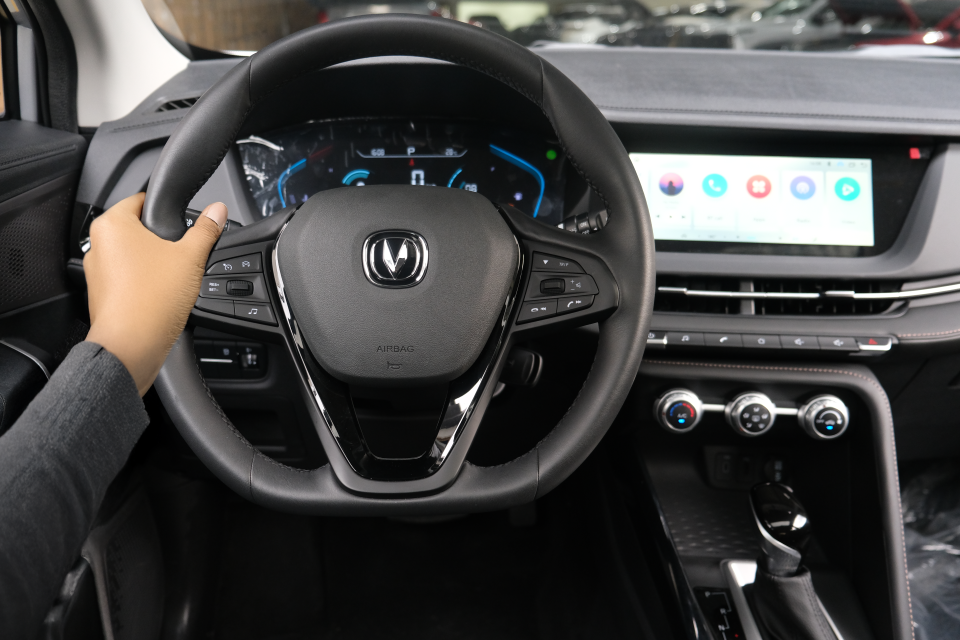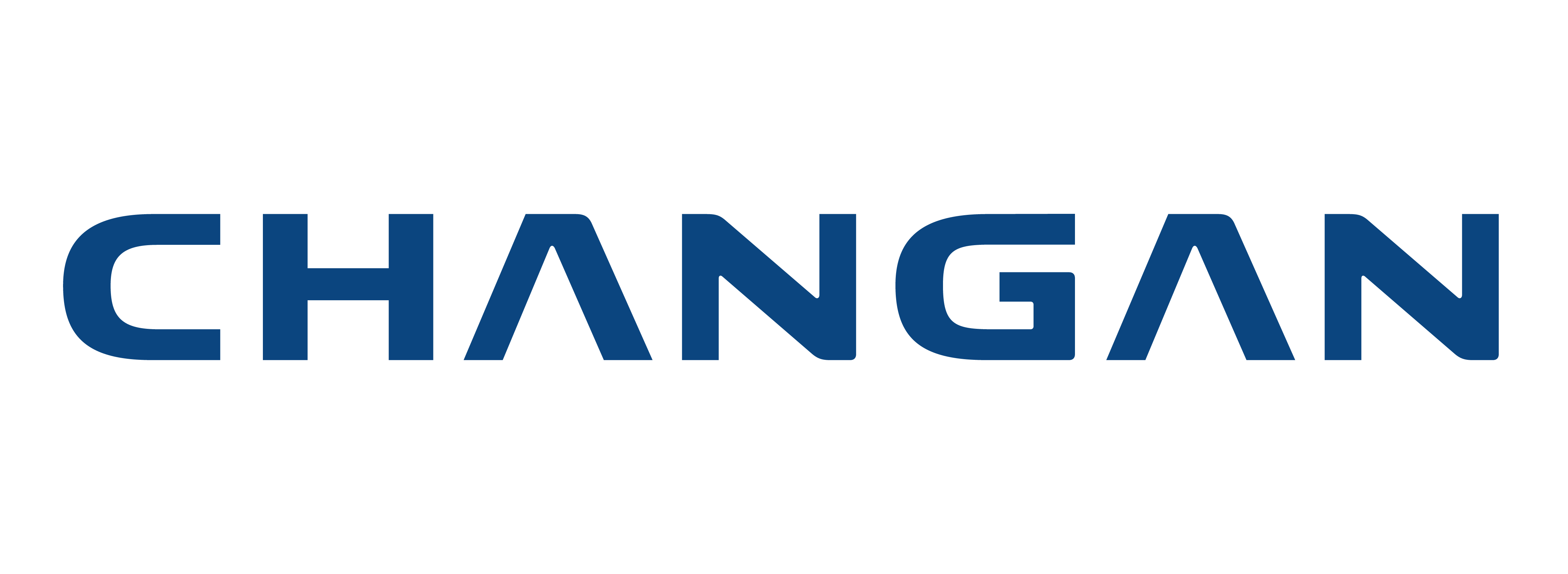How to Budget for Your First Car in the Philippines: Your Complete Step-by-Step Guide Buying your first car in the Philippines is one of the most exciting financial decisions you’ll make. It represents freedom, independence, and the ability to navigate Metro Manila traffic or explore the provinces on your own schedule. However, turning that dream into reality requires a smart, disciplined budget.
To help you drive away worry-free, we break down the exact steps you need to master your finances, securing the best car financing , and finding those coveted exclusive offers .
Step 1: The Golden Rule of Budgeting—Know the Total Cost
The first mistake many first-time car buyers make is only focusing on the sticker price. In reality, the true cost is much higher. Before you even visit a dealership, set a Total Ownership Budget that includes both the initial purchase price and the immediate ancillary costs.
Initial Costs Beyond the Down Payment:
● LTO Registration: Typically covered by the dealer for the first three years, but essential to factor into your future budget.
● Car Insurance: Non-negotiable. Comprehensive coverage is often required for the duration of your car financing term. Get quotes early!
● Chattel Mortgage Fee: A required fee when taking out a car loan (financing the vehicle).
Step 2: Choosing the Right Budget-Friendly Vehicle
For a first time buyer, fuel efficiency, reliability and low cost of ownership are key things to consider. You may want to consider the entry-level segment, which offers great value.
Step 3: Mastering Car Financing and Loan Options
Unless you are paying in cash, understanding car financing is the most crucial step.
A. The Down Payment
Aim to pay the largest down payment you can comfortably afford (ideally 20% or more). A larger down payment leads to a smaller principal loan amount, which means:
Lower monthly payments (monthly amortization ). Less interest paid over the life of the loan.
A higher chance of loan approval.
B. Finding the Best Bank Deals
Do not rely solely on the in-house financing offered by the dealership. You should actively shop around for the best bank deals . Research amongst the major Philippine banks and compare their interest rates and terms.
Pro-Tip: Pre-approval from a bank can give you significant leverage when negotiating the final price with the dealership. Look specifically for promotional low-interest rates.
Step 4: Hunting for Discounts, Promos, and Exclusive Offers
This is where you can save thousands of pesos. Dealerships and manufacturers constantly run campaigns. You must be proactive in finding these savings:
● Promos & Discounts: Look for seasonal promotions and year-end discounts . End-of-the-month or end-of-quarter purchases often yield better deals.
● Low Down Payment Offers: These promos can dramatically reduce the cash you need upfront, but be cautious—they often lead to higher monthly amortization due to the larger financed amount.
● Exclusive Offers: Ask your sales agent directly, "Are there any exclusive offers or unadvertised bank deals available for this model this month?" Don’t be afraid to negotiate, especially if you have a bank pre-approval in hand.
● Freebies: A good promo often includes valuable freebies, such as free PMS for a period of time, ceramic coating, or even one year of free insurance. These can save you more in upfront costs.
Step 5: Planning for Long-Term Maintenance and Recurring Costs
Purchasing a car does not end when you sign the papers, you must also anticipate the following expenses:
● Fuel: This is highly variable depending on distance, driving style and driving conditions.
● PMS (Preventive Maintenance Service): These involve regular oil changes and check-ups, typically required every 5,000 or 10,000 km.
● Insurance Renewal: After your initial year of coverage, you must renew your comprehensive insurance annually.
● Tolls & Parking: These are essential budget items if you drive in urban centers like Metro Manila.
Final Thoughts: Driving Your Dream
The road to car ownership in the Philippines may seem complex, but armed with a solid, step-by-step financial plan, it’s entirely achievable. Remember that securing your First car Philippines is more than just a purchase; it's an investment in your independence, productivity, and mobility. Be diligent in seeking the best car financing rates, aggressive in pursuing dealership promotions and discounts , and committed to your long-term maintenance budget. With this preparation and patience, you’ll soon be holding the keys to your new ride, ready to face the road ahead with confidence.
New Car Sales

